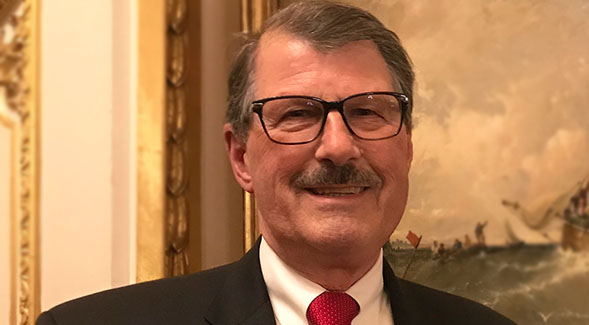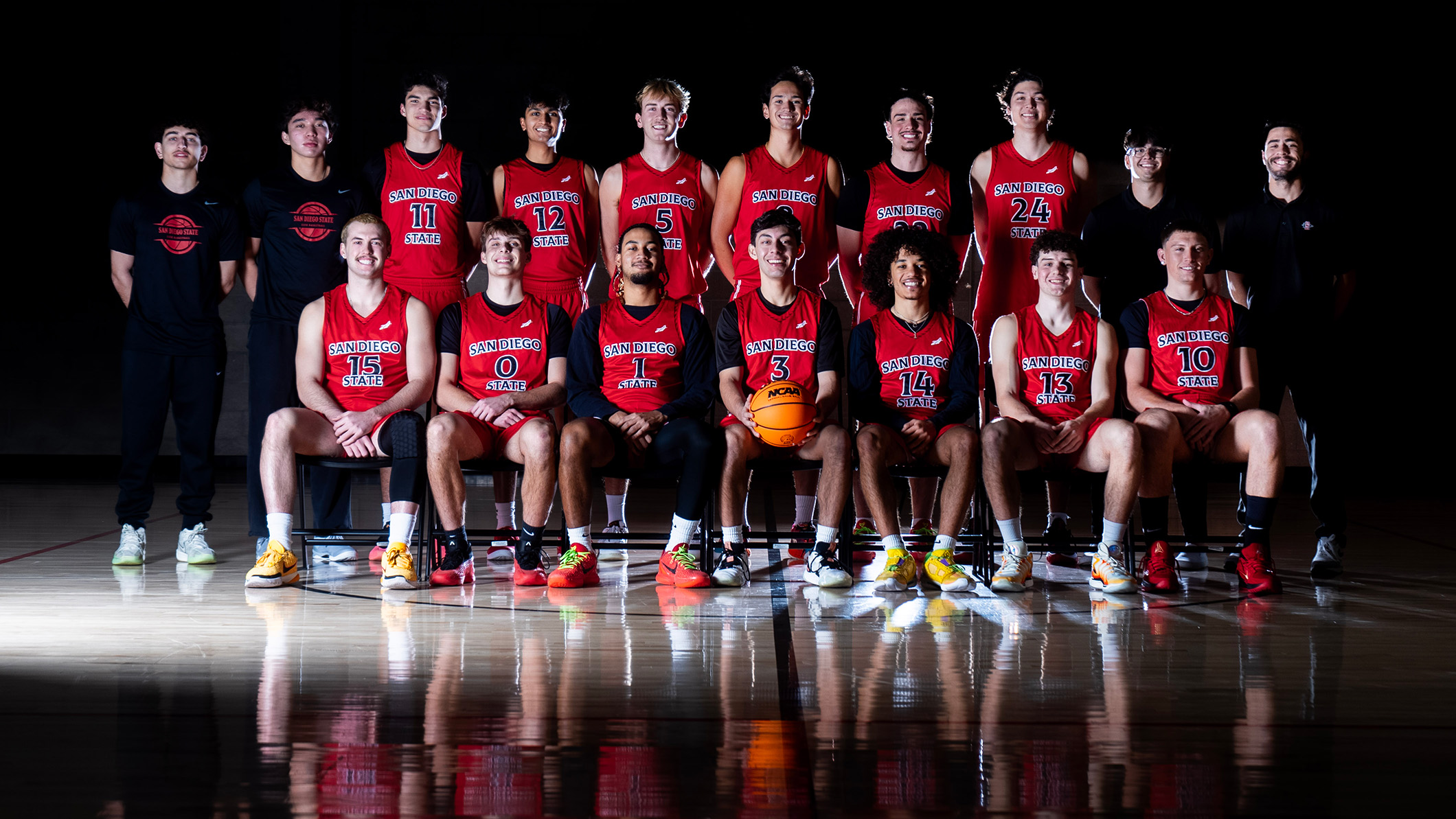A Top Advocate for Nurses and Students Retires
Philip Greiner, director of the School of Nursing, led geriatric programs and curriculum reform efforts.

“I realized that what I liked most was what I saw the nurses doing.”
So much for Philip Greiner’s high school guidance counselor.
Greiner, director of San Diego State University’s School of Nursing, is retiring at the end of June after a career that pulled in multimillion-dollar grants and brought increased support for local geriatric programs. At SDSU he led reforms in admissions and graduation requirements to speed up the flow of well-trained students into the nation’s most trusted profession, according to Gallup polls.
Greiner’s contributions to state and national policy matters were recently recognized with an “Advocate of the Year” award from the American Association of Colleges of Nursing
But back in the ‘70s, when a teenage Greiner expressed interest in nursing as a high school student in rural eastern Pennsylvania, the pushback reflected the more harshly divided gender roles of the time.
“My guidance counselor said, ‘I’ll get back to you’ and when I went back to see him, he would not meet with me,” Greiner recalled. “And the packet that he left for me was an application to the Navy.”
“That was the extent to which he believed men belonged in health care.”
Greiner had already been exposed to the profession, picking strawberries and then working as an orderly in a nursing home run by the Masonic Order and later in a state hospital for low-income children who needed orthopedic surgery.
In the hospital, “I got to see what the physicians did and more importantly I got to see what the nurses did,” he said, “and from all that I realized that what I liked most was what I saw the nurses doing.”
From New York to San Diego
So, he persisted: Two years at Albright College in Reading, Pa., then three years in a diploma school of nursing at The Reading Hospital, the first man ever to graduate there.
After additional education and a career primarily in Eastern and Middle-Atlantic states, Greiner, in July 2012, moved from Pace University in New York to SDSU to head the nursing school.
“He is the consummate professional and has advocated tirelessly for nursing students, staff and faculty, not only for SDSU, but for the entire CSU system,” said Steven Hooker, dean of the College of Health and Human Services (CHHS). “His dedication to providing the best education for nursing students is unparalleled.”
Greiner and his wife, Lydia, had visited San Diego years earlier for a conference and, impressed by the region’s beauty, diversity and political perspective, put the city on a running list of places they wouldn’t mind living in someday. When the director position opened, two deans of other nursing schools urged him to apply.
“I think the biggest shock to me was that I think in other parts of the country people see California as very progressive, and what I found was that nursing was not,” he said.
At the time nursing students had to complete 138 units for a bachelor’s degree, 18 more than most other programs (and states) required. That meant a more costly education, more time to degree, lost income and lost productivity, all justified by little more than “that’s the way it’s always been done.”
“To me that was unconscionable,” Greiner said.
With a mandate from the California State University chancellor’s office in 2012, Greiner was determined to work with faculty to trim degree requirements to 120 units. A new curriculum eliminated a time-consuming pre-nursing funnel and made it possible to graduate from the school in four years.
Geriatric programs
Greiner came to SDSU with a well-established path in research. The first of two post-doctoral studies focused on homeless health care. In the second, Greiner and his wife worked on landmark research into aging, Alzheimer’s disease and neuropathology, focused on a group of Roman Catholic sisters that came to be known as The Nun Study.
At SDSU, he obtained nine years of funding for a geriatric workforce enhancement project with the University of California San Diego, and a nursing workforce diversity grant used to move nurses from an associate degree to a baccalaureate program in the Imperial Valley.
Greiner in March was honored by the American Association of Colleges of Nursing with its Advocate of the Year Award, recognizing advocacy for academic nursing priorities in the federal sphere and applauding his “strong rapport with federal legislators.”
He would like to see California move toward greater enrollment in baccalaureate programs for nurses instead of associate degree programs. He also advocates for greater support for a field called nurse practitioner, a mainstay of primary health care in other states – but resisted by doctors here – that draws on the nursing equivalent of an M.D. education.
Generations after Greiner’s high school experience, the makeup of the SDSU School of Nursing is now about 18% male.
Students give him high marks. Sarah Faucheux, president of the SDSU chapter of the National Student Nurses’ Association, said Greiner is approachable and open to students’ concerns.
“It has always been clear how student-centered he is,” Faucheux wrote in an email. “He is a constant advocate and supporter, often behind the scenes, and his decisions are always made with students’ best interests in mind.”
After a year in which health care workers risked their own lives caring for COVID-19 patients, sometimes forced to beg for the personal protective equipment needed to protect themselves from infection, Greiner sees no loss of interest from prospective students.
“People enter nursing because they want to take care of their friends and neighbors,” Greiner said. “It’s an opportunity to earn a reasonable income with a baccalaureate education, and I think if anything what the pandemic has done is emphasize for people how important that care is.”
Heartbreaking images of COVID-19 patients dying in intensive care units with only a protectively garbed nurse at their side to provide solace, he said, testify to the power of good nursing education and care: “The fact that you are there, you are at the bedside, you know these people, and you know them at the worst possible times in their lives.
“And that’s always been the case.”



